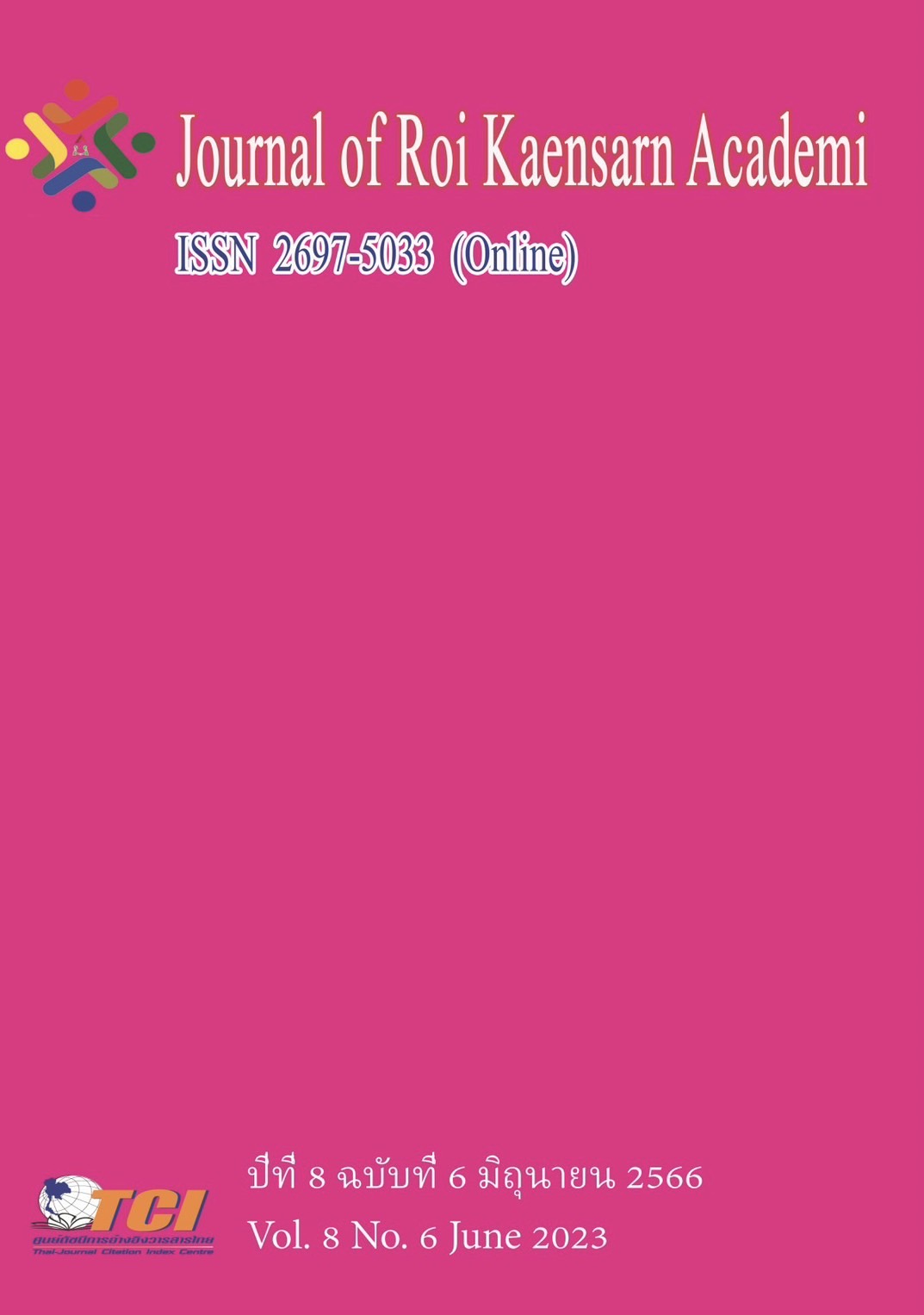The Cultural Ecology of Local Chorus Development in Southern Jiangxi,China
Main Article Content
Abstract
Ganzhou City, the southernmost city of Jiangxi Province, is short for "South of Jiangxi", which has a long history and profound cultural heritage. The mass chorus is the art form that can best highlight the local and local culture. The author investigates the current situation of the mass chorus in this area by using various research methods, and finds out the existing problems in the development of the local chorus culture in South Jiangxi on the basis of finding the main factors affecting the development of the culture in South Jiangxi. The corresponding strategies are proposed according to the existing problems. In addition, it also puts forward three points of thinking about improving the brand influence of Gannan chorus, in order to help the sustainable development of Gannan chorus.
Article Details
References
Li Gang. (2014). "Observation and Reflection on Professional conductors' Participation in Mass Amateur Chorus in Recent 20 Years." People's Music Publishing House.
Liu Hao. (2021). Study on the Motivation and Influence factors of Youth Participation in Chorus in Shanghai, Shanghai Conservatory of Music.
Lu Xiaoyan. (2013). "On the Characteristics of Chinese Mass Chorus during the anti-Japanese Singing Movement." Anhui Historiography.
Wang Shujun. (2019). Research on the cultural Value of Music in the Central Soviet Area, Nanchang Hangkong University.
Zhang Zhentao. (2016). "The Rattles of Hometown are Louder than Imagined -- Preface to Xiao Wenli, A Study of Hakka Ritual Music in Southern Jiangxi in the Festival System at the Age of 12." Music of the People. (03), 54-57.
Fan Fenglong, Ma Yan. (2020). "Traditions and Changes of Tea Picking Opera in Southern Jiangxi from the perspective of Historical Anthropology." Art Hundred . 36 (03), 96-101.
Lai Dan. (2013). "The Formation of Tea picking Dance in Southern Jiangxi from the perspective of Tea Culture." Journal of Beijing Dance Academy. (06), 98-101.

